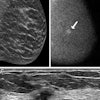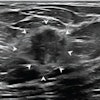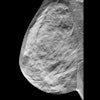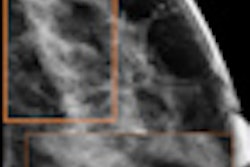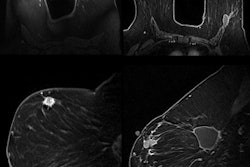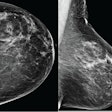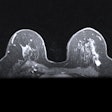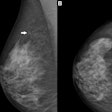Dear AuntMinnie Member,
What was the first radiology residency program like, and who was the first radiology resident? We offer you insight into the early years of radiology education and training in a new Moments in Radiology History column by Otha Linton in our Residents Digital Community.
The program was launched at Massachusetts General Hospital in 1915 as part of an effort to bring some structure to the early years of training in x-ray, in which doctors mostly learned about the new technology informally. The program had a grand total of one resident, a Harvard medical graduate named Dr. Adelbert Merrill.
Other medical schools soon launched residency programs of their own, and by the 1930s a new medical specialty board was created to oversee them -- the American Board of Radiology. Learn more about the early years of radiology training by clicking here, or visit the community at residents.auntminnie.com.
Better CT dose estimates
Everyone agrees that we need a better way to estimate the radiation dose that patients receive during CT scans. But what's the best way to go about it?
Researchers from Brigham and Women's Hospital developed an automated technique that uses CT data to estimate a patient's body habitus -- the size as well as the tissue composition -- to determine how much radiation will be needed to produce a quality image.
The new technique obviates the need to estimate patient size based on manual measurements and body mass index, which can be cumbersome and inaccurate. Find out how they did it by clicking here, or visit our CT Digital Community at ct.auntminnie.com.
While you're in the community, also check out our coverage of last week's landmark announcement by the American Cancer Society backing the use of low-dose CT to screen smokers for lung cancer. You can read that story by clicking here.
Docs Kinect in the OR
Finally, visit our Advanced Visualization Digital Community to learn about how surgeons from Purdue University are using Microsoft's Kinect motion-sensing device to manipulate MR images on workstations in the operating room (OR).
Surgeons are increasingly bringing imaging equipment into the OR to guide surgical procedures, but interacting with workstations in the sterile field can be problematic. Instead, a Purdue team looked at whether images could be manipulated using Kinect's technology, which uses gesture recognition to produce computer commands.
Find out how well it worked by clicking here, or visit the community at av.auntminnie.com.
